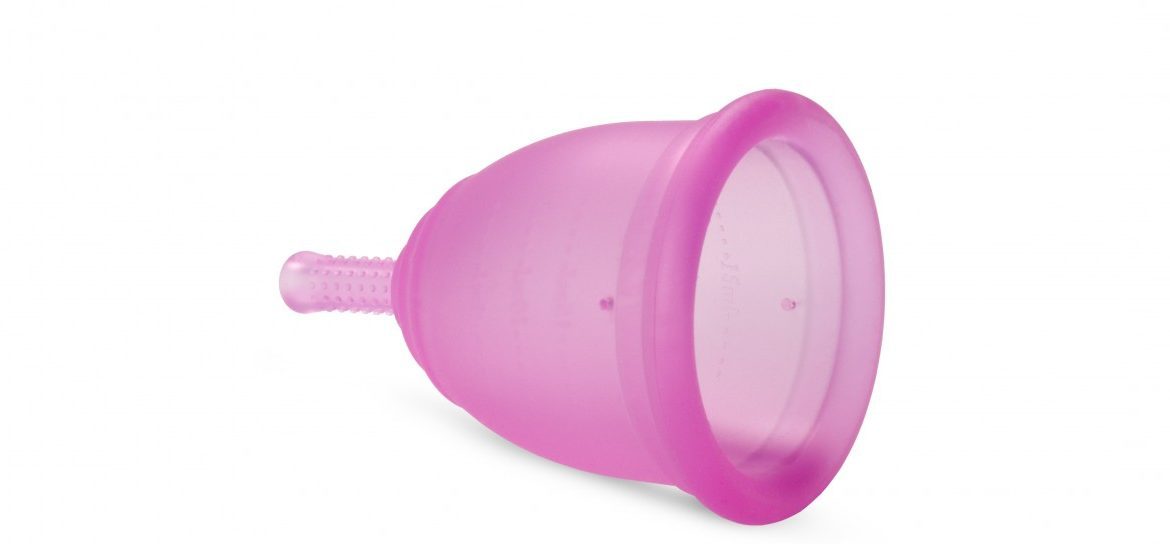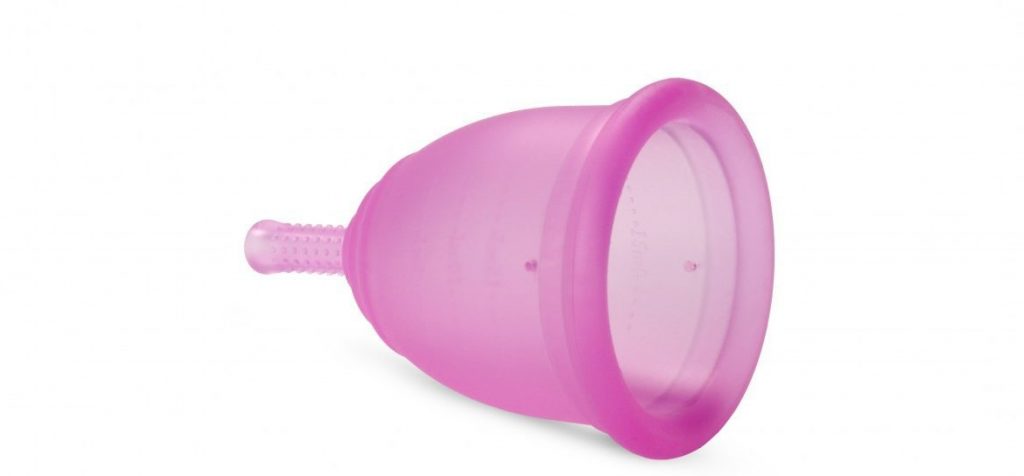More women are embracing the use of menstrual cups that have been on the shelves at least since last year.
A menstrual cup is a hygienic product made of flexible medical grade silicone and is worn inside the vagina during menstruation to catch the menstrual fluid.
An employee of Clicks Namibia, Denisha Platt, who spoke to New Era yesterday said more women are buying menstrual cups because they are now being advertised.
New Era first interviewed Platt regarding the menstrual cup about three weeks ago and at the time menstrual cups were only popular among schoolchildren.
“Since the last time you phoned more women are buying the cups and it’s mostly working women and not just school-going children as was the trend,” explained Platt.
Menstrual cups are selling for N$110.95, she said. “It can be used up to three cycles and can be worn up to 12 hours,” said Platt. She added that a menstrual cup cannot be felt while wearing and that it is safe to use during coitus.
“It doesn’t inhibit physical activity,” Platt added.
Meanwhile, obstetrician and gynaecologist, Dr Farai Bento, explained that with the menstrual cup the menstrual fluid is held away from the cervix, unlike what happens when using tampons.
“This may lead to reduced risk of infections,” he said. Women using a menstrual cup can accurately record the amount of their menses, added Bento. This may be helpful to diagnose or monitor menorrhagia, a condition where menstrual bleeding is excessive, Bento said.

“There have been reports of bleeding less, shorter periods and less abdominal cramping from users of menstrual cups although there is no substantiated evidence.”
Furthermore, the fact that is reusable means these cups are more economical than disposable cups, pads and tampons, he added.
“Reusable cups also decrease the amount of waste products generated from menstrual cycles.”
Despite the benefits, Bento feels there is a need for more studies to prove its safety. A disadvantage is that some women may find it difficult to insert and remove.
“Difficulties may disappear with practice. Some women find them uncomfortable and they may need to try a different size.”
But the menstrual cup is not suitable for women with pelvic organ prolapse (the dropping of any of the pelvic floor organs).
Research on menstrual cup
Bento noted there is insufficient evidence suggesting a risk in using the menstrual cup.
“In fact, no medical research was conducted prior to their introduction on the market. However, there are few, mostly low quality studies, on their safety,” said Bento.
He explained that case reports have linked menstrual cups to endometriosis and adenomyosis.
Endometriosis is a condition where instead of the endometrium being found only in the endometrial cavity, it is found in other areas, mainly the pelvis. “This will result in the woman complaining of severe pain around the time of her menses,” added Bento.
He said that adenomyosis is similar except that in this case the endometrial is found in islands scattered within the myometrium (which is the muscular layer of the uterus).
“Another case report also found an association between using a menstrual cup and toxic shock syndrome, which is a severe bacterial infection. They were all just case reports, meaning it was just found in one person and they write about it. A better quality case comparing infections in groups of women using the menstrual cup and those using tampons did not find a significant difference in the rates of infection,” said Bento.
Hygiene
Bento warned that unhygienic practices during the menstrual cycle may lead to fungal infections, urinary tract infections and reproductive tract infections.
If not treated they may further result in subfertility.
“Menstrual cups are certainly a safer alternative to the many unhygienic methods like unsterilized cloths, ash, and husks that are being used in different parts of the world,” said Bento.
He said it is important to demystify some of the issues that “act as a barrier to using hygienic menstrual products”.

